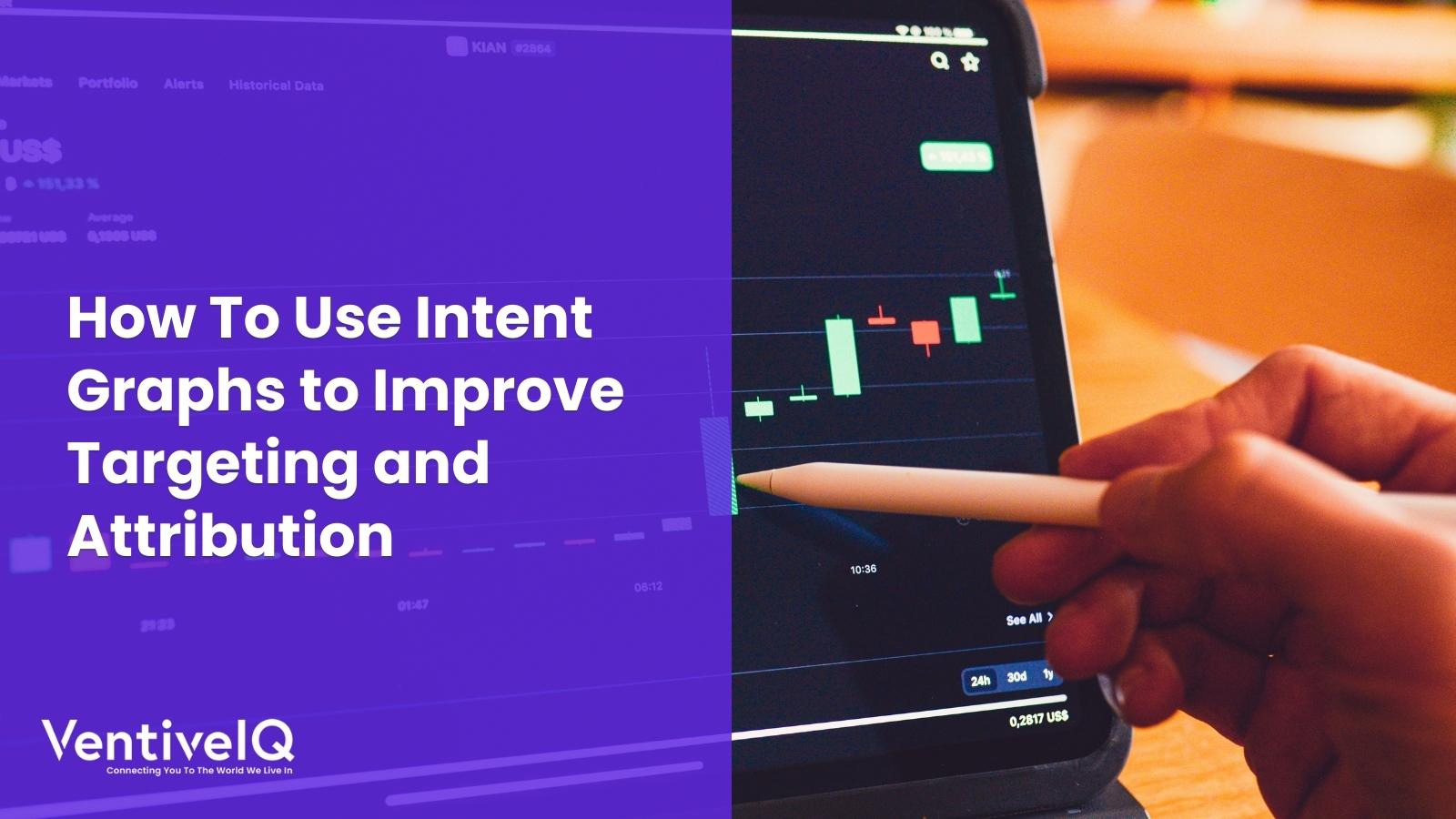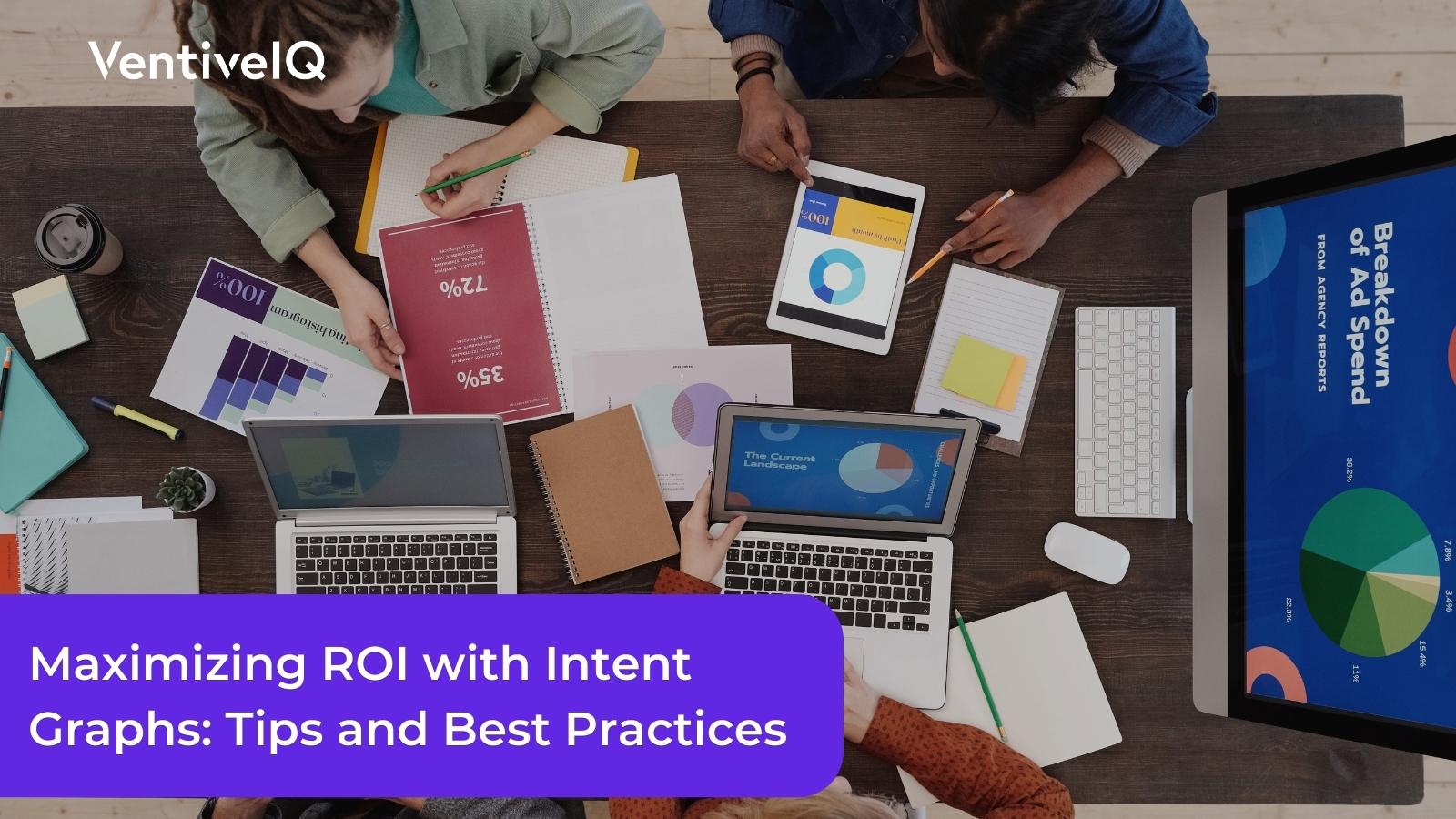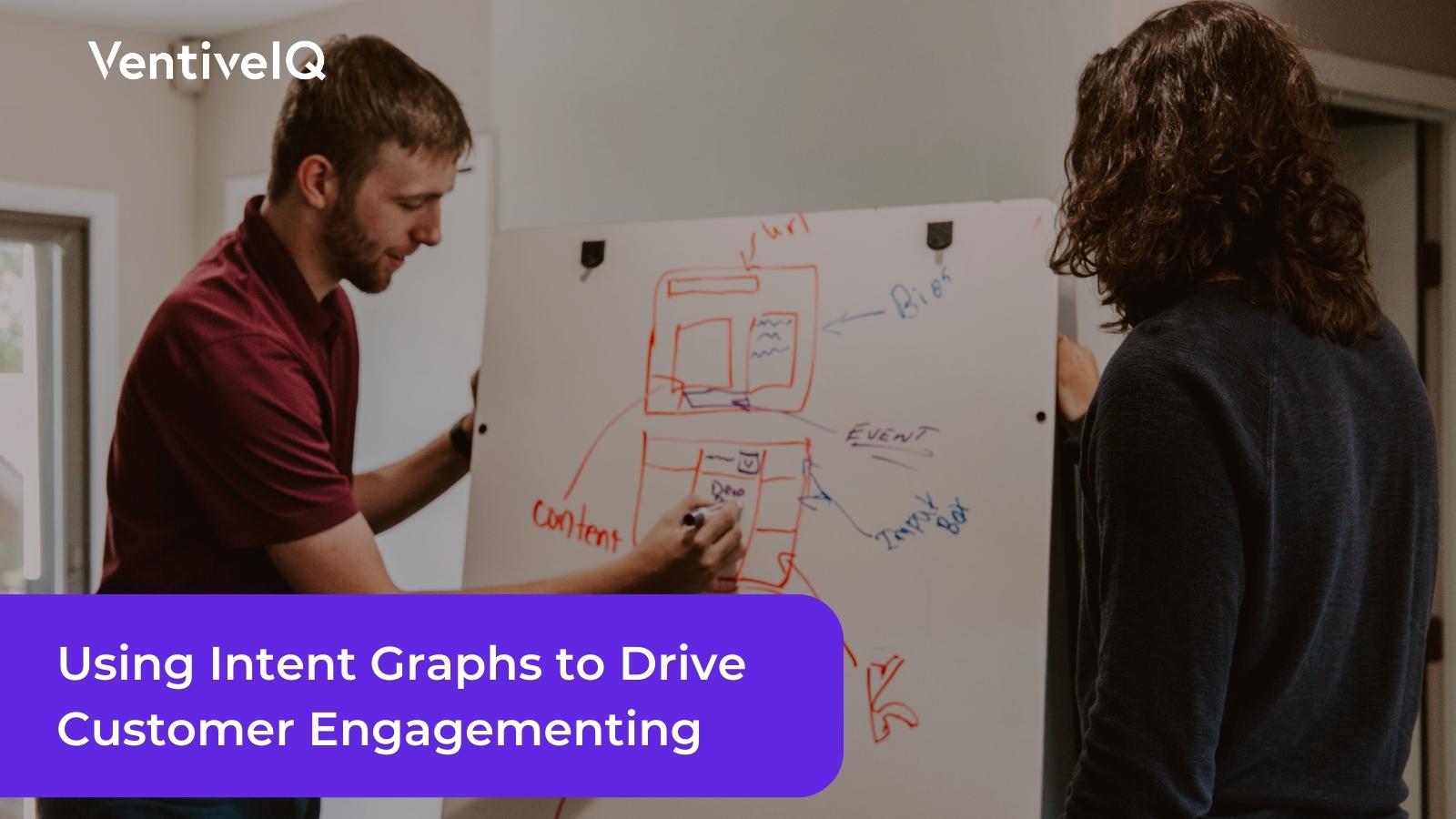Discover the power of Intent Graphs for precise targeting & attribution. Optimize campaigns, enhance precision, and track conversions effectively via VentiveIQ!
Overview
Intent graphs can help businesses to make sense of this data and use it to improve their marketing campaigns. An intent graph is a visual representation of the customer journey. It shows how customers interact with a business’s website, social media pages, and other online properties. Intent graphs can be used to track customer behavior, identify their interests, and understand their needs. In this blog post, we will delve into the world of intent graphs, exploring how they work and how VentiveIQ is leveraging them to empower businesses in the USA with unparalleled targeting and attribution capabilities.
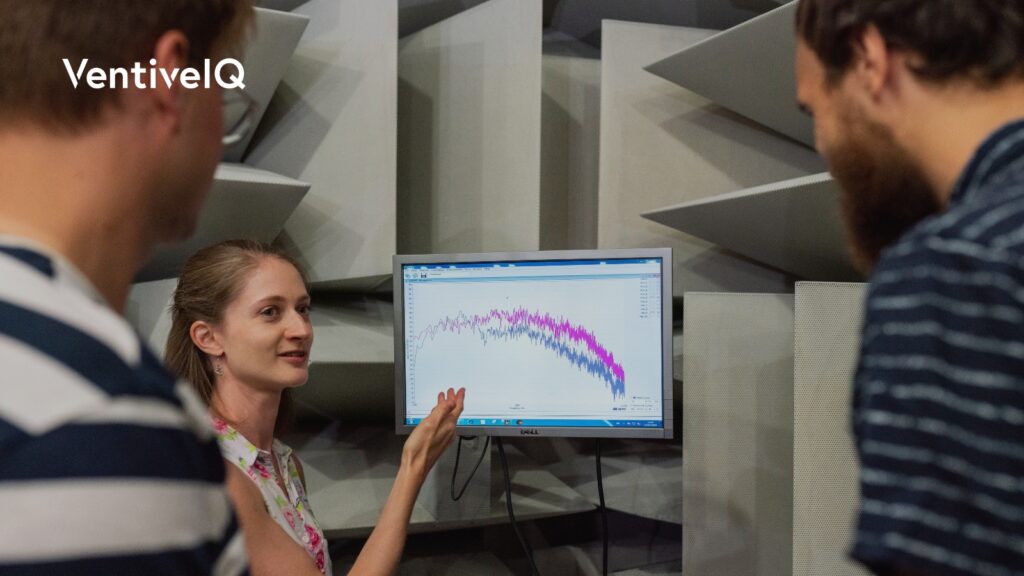
Understanding Intent Graphs
Intent graphs are a powerful tool that can help businesses to improve their marketing campaigns. However, they are not without their challenges. One challenge is that intent graphs can be expensive to build and maintain. Another challenge is that intent graphs can be difficult to interpret.
Despite these challenges, intent graphs offer several benefits that can make them worth the investment. Here are some of the benefits of using intent graphs:
- Improved targeting: Intent graphs can help businesses to target their ads to people who are most likely to be interested in their products or services. Such an outcome can result in an enhanced return on investment (ROI) for marketing initiatives.
- Improved attribution: Intent graphs can help businesses to track the effectiveness of their marketing campaigns and see which channels are driving the most conversions. This data can be leveraged to enhance campaigns and achieve better outcomes.
- A better understanding of customers: Intent graphs can help businesses to better understand their customers’ needs and interests. This data has the potential to shape marketing messages that are not only pertinent but also captivating.
- Data Collection: Intent graphs are constructed by aggregating and analyzing data from a myriad of sources, such as search queries, website visits, social media interactions, and more. This data is then organized into a cohesive structure that outlines the user’s online journey.
- Pattern Recognition: Advanced algorithms and machine learning techniques are employed to identify patterns and trends within the data. By recognizing these patterns, intent graphs can reveal valuable insights into user behavior and preferences.
- User Profiling: With patterns identified, intent graphs create detailed user profiles, highlighting their interests, intent signals, and likelihood to engage with specific content or offerings
- Predictive Analysis: Intent graphs don’t just stop at capturing past behavior; they can also predict future actions based on historical data and real-time signals. This predictive element is a powerful tool for marketers to proactively tailor their strategies.
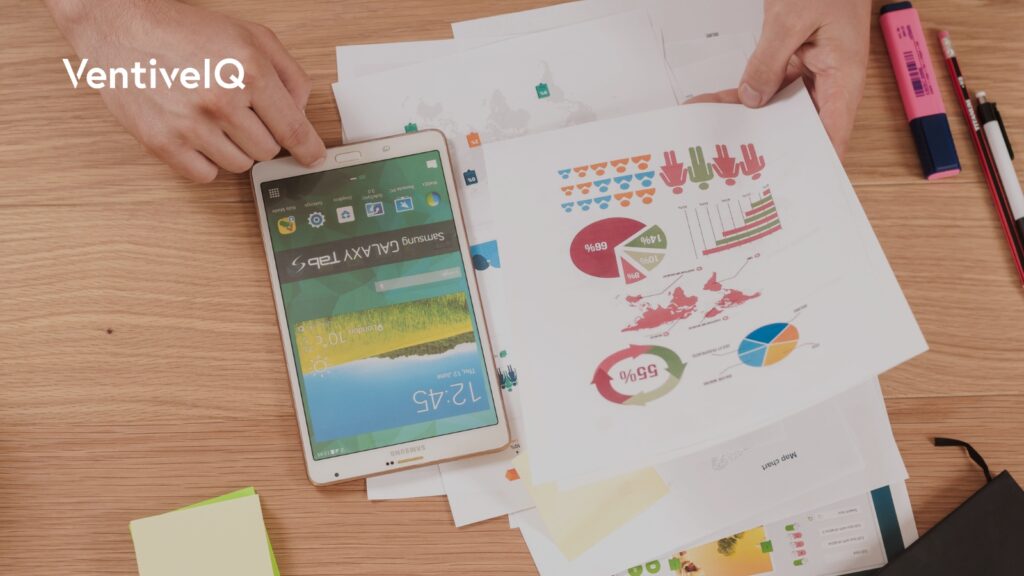
VentiveIQ’s Innovative Approach
VentiveIQ has embraced the potential of intent graphs and is revolutionizing how businesses approach targeting and attribution. Here’s how VentiveIQ is making a difference:
- Precise Targeting: By leveraging intent graphs, VentiveIQ enables businesses to segment their audience with unparalleled precision. Traditional demographic-based targeting is limited in its ability to truly understand a user’s intent. Intent graphs, on the other hand, provide a holistic view of user behavior, allowing marketers to deliver content and offers that align perfectly with a user’s interests and intentions.
- Personalized Content: Intent graphs empower marketers to craft highly personalized content that resonates with individual users. Whether it’s an email campaign, social media ad, or website recommendation, VentiveIQ ensures that each interaction is meaningful and relevant, driving higher engagement and conversion rates.
- Dynamic Retargeting: VentiveIQ’s intent-based approach to retargeting goes beyond the usual cookie-based methods. Instead, it taps into a user’s intent signals, enabling businesses to retarget users based on their demonstrated interests and behaviors. This dynamic retargeting results in more effective and non-intrusive ad placements.
- Attribution Clarity: Attribution has long been a challenge for marketers, but intent graphs offer a way forward. With a detailed understanding of a user’s journey, VentiveIQ provides insights into which touchpoints and interactions contribute most significantly to conversions. This attribution clarity empowers businesses to allocate resources effectively and optimize their marketing efforts.
- Predictive Insights: VentiveIQ’s utilization of intent graphs extends beyond the present moment. By analyzing historical data and real-time signals, the platform offers predictive insights into future user behavior. This foresight allows marketers to stay ahead of trends and tailor their strategies accordingly.
Unlocking Success with VentiveIQ’s Intent Graphs
For businesses seeking to enhance their targeting and attribution strategies, embracing VentiveIQ’s intent graphs is a game-changer. Here’s how you can harness this technology for success:

- Data Integration: Ensure that you integrate data from various sources to create a comprehensive view of user behavior. This could include website analytics, CRM data, social media interactions, and more.
- Segmentation Strategy: Leverage VentiveIQ’s precise segmentation capabilities to divide your audience based on their intent signals. This enables you to deliver tailored content that speaks directly to each segment’s interests.
- Content Personalization: Craft personalized content that aligns with the intent signals of each segment. Whether it’s a blog post, email campaign, or ad creative, ensure that it resonates with the recipient’s demonstrated interests.
- Dynamic Retargeting: Embrace dynamic retargeting based on intent signals rather than traditional retargeting methods. This approach ensures that your ads are highly relevant and increases the chances of conversion.
- Attribution Optimization: Utilize VentiveIQ’s attribution insights to identify the most impactful touchpoints in the user journey. Allocate resources strategically to optimize your marketing efforts.
- Predictive Strategies: Leverage predictive insights to anticipate future user behavior. This proactive approach allows you to stay ahead of trends and tailor your strategies for maximum impact.
Conclusion
As the digital marketing landscape continues to evolve, intent graphs have emerged as a powerful tool for businesses seeking to enhance their targeting and attribution efforts. VentiveIQ’s innovative approach to how to use intent graphs is transforming the way marketers engage with their audience, driving higher engagement, conversion rates, and ultimately, business success. By embracing the potential of intent graphs and integrating them into your marketing strategies, you can unlock a new level of precision and effectiveness that will set your business apart in the competitive USA market.
